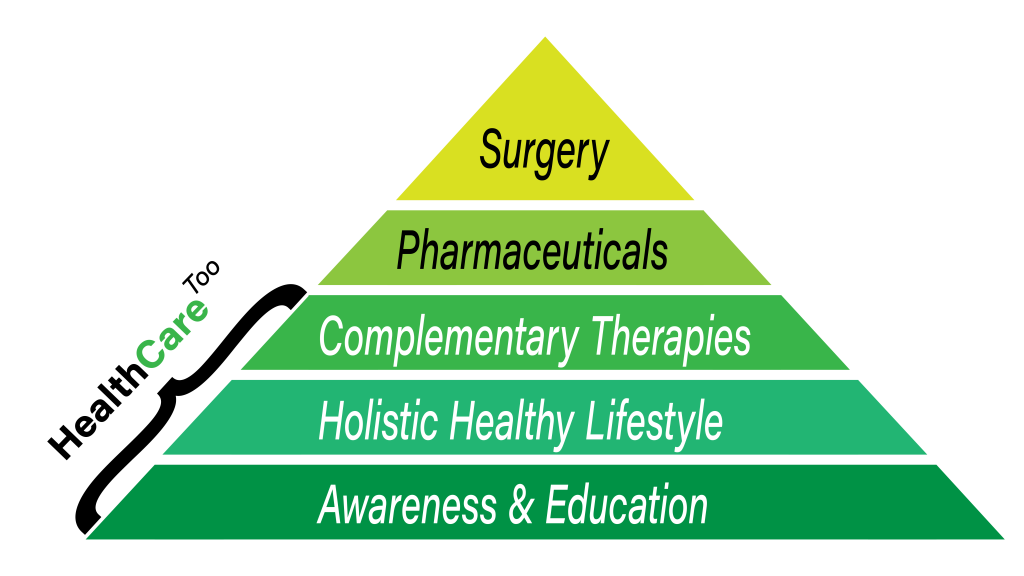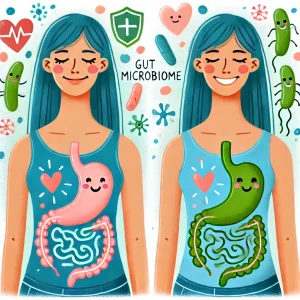About Antioxidants
We continue to learn about antioxidants and the role they play in health. As consumers continue to broaden their holistic understanding of health, more options for healthy foods become available. Where matcha or avocado were practically unknown 20 years ago, such foods are practically commonplace.
You sip on matcha every morning, pile on the veggies, and end the night with a square of dark chocolate—all in pursuit of the all-powerful antioxidants (and because these foods are all delicious!). But what are antioxidants, really—and why are they so healthy?
Over the last 20 years, antioxidants have reached celebrity status in the wellness world, credited with fending off chronic diseases and cognitive decline, all while keeping our skin smooth and supple. They are what give superfoods their “super” powers and have even found their way into our bathroom cabinets with antioxidant skin care products and toothpaste. Now, let’s dive into the science behind the buzzword—how antioxidants work, why you need them, and where to find them.
For starters, there isn’t just one “antioxidant.” Antioxidant is a category of molecules encompassing hundreds of different vitamins, minerals, and other compounds, including vitamin C, vitamin E, glutathione, melatonin, CoQ10, alpha lipoic acid, and more. Some antioxidants are made by the body, but most are absorbed from the food we eat. According to Olivia Neely, RDN, L.D., “Antioxidants protect our cells from harmful free radicals and include dozens of food-based substances you may have heard of before, like beta-carotene, lycopene, and vitamin C. Food sources of antioxidants protect the body from damage done by things like a poor diet, taking medications, and even high amounts of stress.”
Some of our favorites antioxidant-rich foods are:
- Blueberries
- Chocolate
- Kale
- Avocado
- Coffee
- Matcha
- Walnuts
- Tomatoes
- Mangoes
Source: www.mindbodygreen.com




